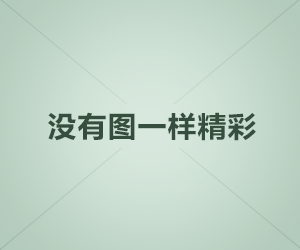湿疹症状如何治疗方法配图,仅供参考
4. Treatment of Atopic DermatitisThe AD management approach is based on disease severity,age and location. A continuous daily emollient application to relieve symptoms and enhance skin hydration represents a baseline therapeutical approach for both children and adults . Preparations such as petrolatum,physiologic lipids or ceramide-based lipids are known to reduce TEWL and decrease bacterial colonization,which improves overall skin barrier function . While standard aqueous creams show positive results in terms of symptom improvement,pH-modified moisturizers significantly alleviate symptoms in AD and serve as a useful treatment adjunct . Emollients can also affect Staphylococcus species abundance and microbiota diversity . However,in the acute phase of the disease,application of potent anti-inflammatory agents is required,with topical corticosteroids (TCS) representing the first-line anti-inflammatory treatment . Although highly effective in improving AD symptoms,long-term use of corticosteroids is discouraged because of their side-effect profile and subsequent patient-compliance issues . At the beginning of the 21st century,non-steroid topical calcineurin inhibitors (TCI) were introduced as an alternative to TCS treatments for AD. Macrolide derivatives tacrolimus and pimecrolimus are calcineurin inhibitors that prevent T-cell signal transduction and IL-2 transcription,thus suppressing inflammation . Unlike TCS,TCIs are suitable for long-term treatment,and use of tacrolimus is recommended for the maintenance and reduction of relapses,often after initial corticosteroid treatment . In addition,tacrolimus showed a positive impact on the skin microbiome in AD patients . Antibiotics are included in AD treatment in cases of bacterial superinfection,but due to antibiotic resistance and the potential negative effect of antibiotics on commensal bacteria,this treatment method is not a long-term option . Other therapeutic approaches include phototherapy with ultraviolet (UV) light,which can reduce AD recurrence. Narrow band ultraviolet B (nBUVB) phototherapy has been shown to decrease the S. aureus ratio in the skin microbiota . Severe AD may require hospitalization and systemic immunosuppressive treatment with cyclosporine A,a short course of oral glucocorticoids,methotrexate,azathioprine and mycophenolic acid or,as an alternative,biologic therapy .","department":"
- 上一篇: 杜集淮北法律咨询-淮北法律援助,专业助力梦想起航
- 下一篇: 眼底血管瘤怎样治疗


